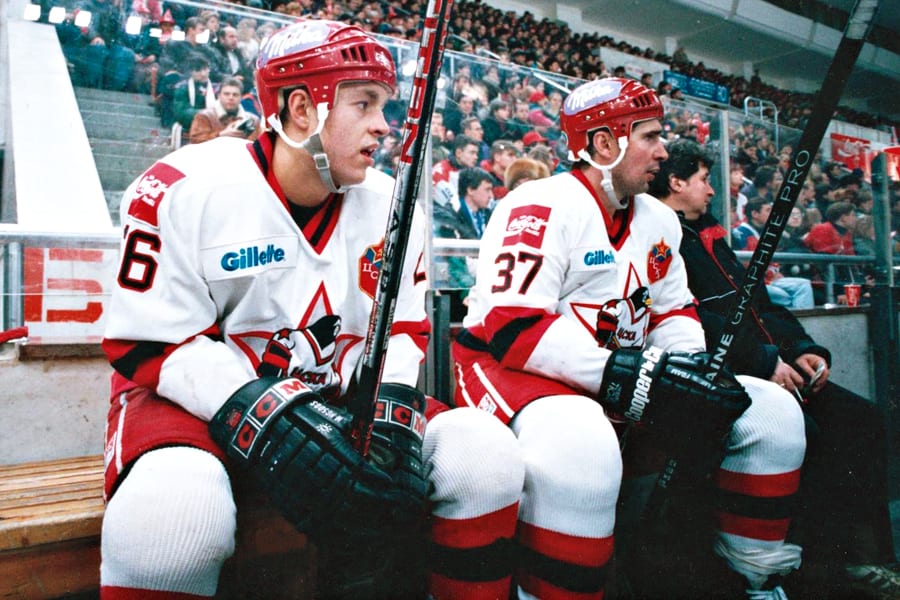Acute Misfortune
by Brandon Thomas
Movies have always been a grand showcase for the tortured artist. The pain and darkness they use to create have made for some incredible films over the years. What we don’t normally see is how this darkness seeps its way into the lives of the people the artist is closest to. Acute Misfortune offers a bleak look at how the lines between friendship, work and art begin to blur by way of cruelty.
Young journalist Erik Jensen (Toby Wallace) is sent by the Sydney Morning Herald to interview acclaimed artist Adam Cullen (Daniel Henshall). Despite Cullen’s intimidating presence, Jensen goes on to write a successful piece. Cullen then offers Jensen the job of being his biographer, which leads to the young journalist staying at the artist’s remote mountain home. As time marches on, Jensen finds himself becoming the target of Cullen’s toxic physical and psychological abuse.
There are many biopics I’ve loved over the years; but the truth of the matter is that most of them are fairly similar, and sometimes rather bland. The same cannot be said of Acute Misfortune. More often than not, this film feels more akin to a simmering thriller. Not being well versed in the true story the movie is based on, I half expected this to turn into a cliche slasher movie.
The film draws its greatest strength from the tension created. The uncertainty around not only the narrative but Cullen’s actions keeps the audience on the edge of its seat. Director Thomas M. Wright films some scenes in backward motion – a cheap, yet effective, trick that pulls us further into the psychological degradation of our principal leads. It’s a visual gag that adds to the feeling of discomfort surrounding Jensen and Cullen’s relationship.
Wright approaches the material very matter-of-factly, neither overly stylish nor pompous in its manner. With its distinct tone, and by shooting in the 1.33:1 aspect ratio, Acute Misfortune recalls the infamous Henry: Portrait of a Serial Killer. Nowhere near as brutal – nor even really the same genre – but the ever creeping sense of unease was still just as palpable.
With its distinct style and adherence to tone, Acute Misfortune is a powerhouse of tension and dread.













